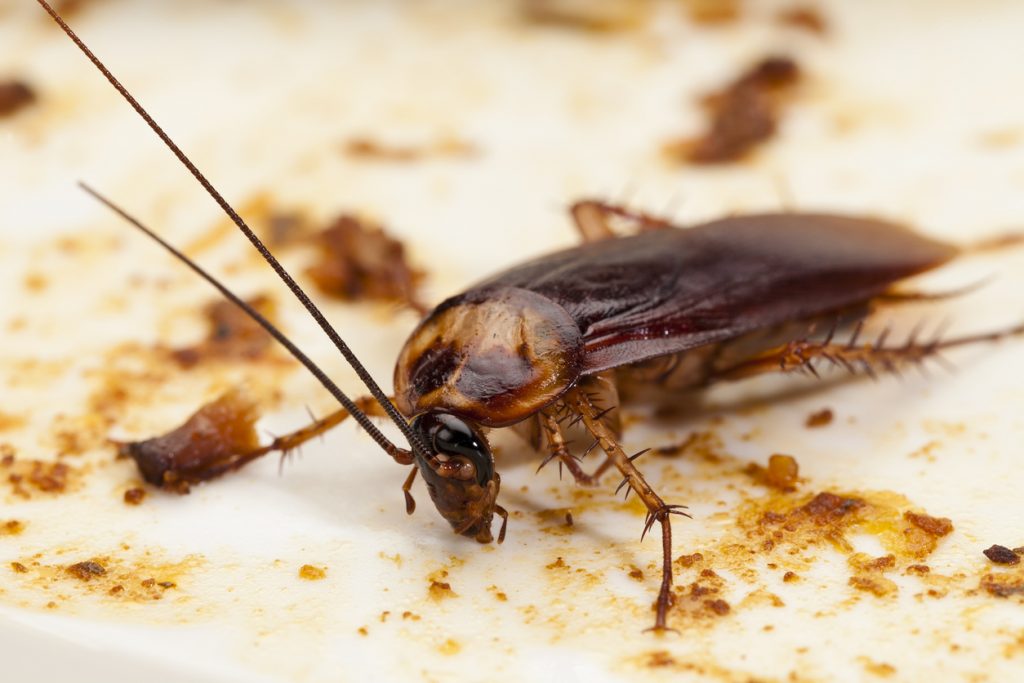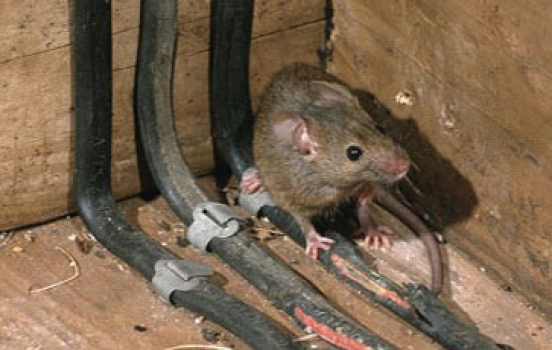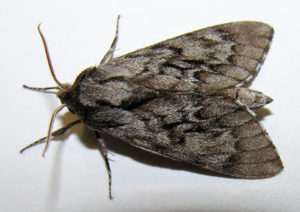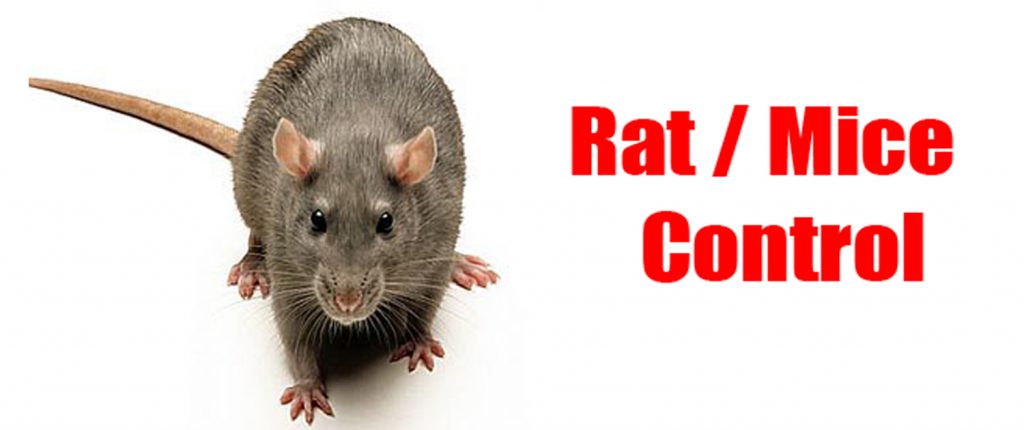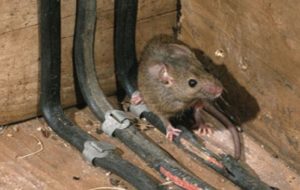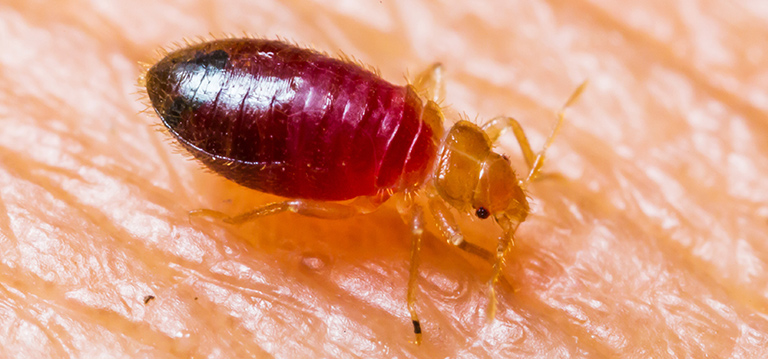What Is Pest Control: An Overview of Professional Solutions
Pest control is the management and elimination of insects and other pests that can cause damage to your property, health, and safety. It involves the use of preventive, curative, and control measures to reduce or eliminate the population of pests. Pest control services include inspections, identification of the pest, and the implementation of control methods. Professional pest control services can help you get rid of unwanted pests and protect you from potential health and property damage.
What is pest control?
Pest control is the process of managing and eliminating unwanted pests from our homes, workplaces, and other places. It involves the use of preventive, curative, and control measures to reduce or eliminate the population of pests. Pest control services include inspections, identification of the pest, and the implementation of control methods. Professional pest control services can help you get rid of unwanted pests and protect you from potential health and property damage.
Pest control is important because pests can cause damage to your property, health, and safety. They can damage crops, spread diseases, contaminate food, destroy furniture, and cause damage to buildings. Pests can also cause allergies, asthma, and other health problems. In addition, pests can be a nuisance, such as when they make noise or when they congregate in large numbers.
The goal of pest control is to reduce or eliminate the population of pests to a level that does not cause any harm to humans or the environment. This is done by using a variety of methods, such as trapping, baiting, physical removal, and chemical treatment.
Types of pests
Pests can be classified into two broad categories: vertebrates and invertebrates. Vertebrates are animals that have a backbone, such as rats, mice, birds, bats, and other animals. Invertebrates are animals that do not have a backbone, such as insects, spiders, and other arthropods.
In addition, some pests are classified as vectors, which are organisms that can transmit diseases to humans. Examples of vectors include mosquitoes, ticks, and fleas. Other pests, such as rodents and birds, can carry and transmit diseases to humans, but they are not considered vectors.
Different pests require different pest control methods. Therefore, it is important to identify the type of pest before choosing the right control method.
Benefits of professional pest control
Professional pest control services can provide many benefits, including:
- They can identify the pest and its source, which can help in choosing the right control method.
- They can provide advice on how to prevent pests from entering your home in the future.
- They can provide safe and effective treatments that are not available over the counter.
- They can provide long-term solutions to get rid of pests.
- They can help you save time and money by eliminating the need for multiple treatments.
Professional pest control services can also help you avoid health risks associated with pest infestations. For example, some pests, such as rodents and cockroaches, can carry diseases and contaminate food. Professional pest control services can help you avoid these hazards by providing safe and effective treatments.
Pest control methods
There are several pest control methods, including physical, chemical, and biological methods. Physical methods involve trapping and removing pests. Chemical methods involve using pesticides and other chemical treatments. Biological methods involve using natural predators and parasites to control pest populations.
Physical methods are usually the most effective, but they can also be the most labor-intensive and expensive. Chemical methods are usually less expensive and less labor-intensive, but they may not be as effective as physical methods. Biological methods are typically the least expensive and the least labor-intensive, but they may not be as effective as the other two methods.
When choosing a pest control method, it is important to consider the type of pest, the severity of the infestation, and the safety of the treatment.
How to choose the right pest control service
When choosing a pest control service, it is important to consider the following factors:
- Cost: Compare the cost of different pest control services to find the most affordable option.
- Experience: Look for a service that has experience in dealing with the type of pest you have.
- Reputation: Research the reputation of the service to ensure they offer quality service.
- Guarantees: Look for a service that offers guarantees on their work.
- Equipment: Make sure the service has the necessary equipment to safely and effectively eliminate pests.
In addition, it is important to ask for references and check customer reviews before hiring a pest control service. This will help you make an informed decision and ensure you get the best service for your money.
Pest control services
Pest control services typically provide the following services:
- Inspection: A professional will inspect your property to identify the type of pest and its source.
- Treatment: The service will use the most effective treatment to eliminate the pest.
- Prevention: The service will provide advice on how to prevent pests from entering your home in the future.
- Monitoring: The service will monitor the pest population to ensure the treatment is effective.
Pest control services may also provide additional services, such as bird control, rodent control, and termite control.
DIY pest control solutions
Some people choose to handle pest control on their own. This is known as DIY pest control. DIY pest control can be effective, but it can also be dangerous if done incorrectly. Before attempting DIY pest control, it is important to identify the type of pest and its source.
In addition, it is important to understand the risks associated with DIY pest control. DIY pest control solutions may not be as effective as professional services, and they may increase the risk of health and safety hazards. Therefore, it is important to research the products and methods used in DIY pest control before attempting it.
Pest control safety tips
When using pest control products and methods, it is important to follow safety guidelines to ensure the safety of yourself, your family, and the environment.
- Read the label: Always read the label on pest control products before using them.
- Use the right product: Make sure to use the right product for the type of pest you are trying to control.
- Wear protective gear: Wear protective gear, such as gloves, goggles, and a face mask, when using pest control products.
- Store products safely: Store pest control products in a cool, dry place away from children and pets.
- Dispose of products properly: Dispose of pest control products in accordance with the manufacturer’s instructions.
Pest control laws and regulations
Pest control is regulated by state and federal laws and regulations. These laws and regulations are in place to protect people, property, and the environment from potential harm caused by pest control products and methods.
Before using pest control products or methods, it is important to check with your local government for any applicable laws and regulations. This will ensure you are following the law and protecting yourself and the environment.
Conclusion
Pest control is important for protecting your property, health, and safety. Professional pest control services can provide many benefits, such as identifying the pest, providing safe and effective treatments, and preventing future infestations. When choosing a pest control service, it is important to consider factors such as cost, experience, reputation, and guarantees. DIY pest control can be effective, but it is important to understand the risks associated with it. It is also important to follow safety guidelines and comply with laws and regulations when using pest control products and methods.
If you are dealing with a pest infestation, it is important to contact a professional pest control service for help. They can provide safe and effective treatments to get rid of pests and protect you from potential health and property damage.
What Is Pest Control: An Overview of Professional Solutions Read More »

